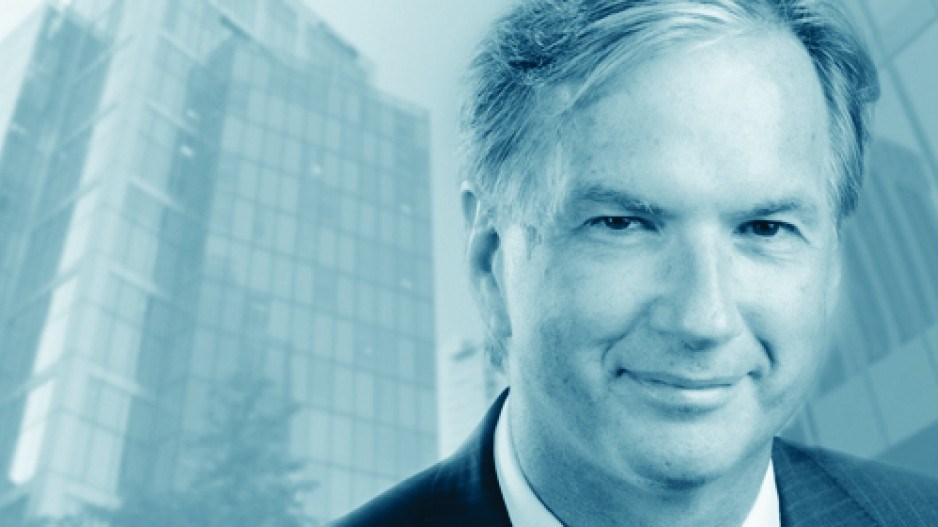The global shock of the pandemic was a wake-up call.
The local shock of the atmospheric river is, no pun intended, a bucket of water on us to get out of bed and meet the day.
The extraordinary damage to large pockets of our province last week was the closest we will come to suffering the big one. In sitting in for a few sessions years back on how the community would be struck by a major earthquake – and what would be the media’s role in helping everyone contend with the carnage – the images and anecdotes from the melée and the aftermath were eerily similar to what the experts said we could expect from a seismic disaster.
But we don’t appear to be learning some of the important recent lessons on our economic systems, particularly on the permanent changes we need to abide. We are instead focused unduly on the delusion that COVID-19 permits us to recreate 2019.
We have conditioned ourselves over the pre-pandemic years through technology and global systems to expect that what we want will always be at hand or is always on its way. We have erased traditional borders and pushed for the elimination of barriers to ensure a frictionless supply of our needs.
And along the way we have grown our communities, particularly in beautiful British Columbia as an attractive place to live, while burdening infrastructure that was ostensibly built for earlier, simpler, smaller demands.
The generosity of our environment is appreciated locally without necessarily being sustained and rewarded locally. We have also chosen in increasing measures to bypass the local economies of merchants that in that bygone era circulated our spending in the community and afforded us resources to pay for our needs.
The supply chain breakdown early in COVID-19 ought to have jarred us to understand the need for local inventories to continue production, the requirements of redundancies and a continued attention to contingencies – and, yes, a riveted priority on that least glamorous of public spending topics, infrastructure.
But instead the effort in the pandemic has been to intensify the focus on restoring that easier, lowest-cost option from faraway suppliers and to faraway markets.
Well, let’s hope we’re awake at the switch now.
Building back better also needs to be about building back better balanced.
This isn’t simply a matter of meeting the climate change challenge, as some would argue. It is evident from the damage from the rains and winds that our critical dependence on fossil fuels cannot soon cease. Tell that to the people of Princeton, Merritt and Abbotsford who froze or needed to flee. The sensible strategy remains a just transition of energy, not what would be a shorter-term cessation of resource use.
This also isn’t simply a public financing challenge, as others would argue. It is evident from the pandemic that has dug a deep hole worrisome over the longer term nationally and provincially that will only burrow further with the impact of tens of billions in damage from a 48-hour cataclysm in many communities. Like the climate change issue, this is not something to rapidly repeal to save the treasury’s draw on the economy. We’re kinda stuck in deficit and debt hell.
Instead, these two tragedies call upon us to rethink elements of our economy to make what seem to be paradoxical decisions: to be more communal and to be more selfish at once, so that we are looking after ourselves with more certainly and sustainably, but ensuring that we are examining and addressing harm to others as we do so.
For governments of the day, it might mean walking back their talk. (An example: the BC NDP’s commitment to deal only with unionized workers for infrastructure projects seems insufficiently nimble for the time being.) Mainly, though, it imposes a deepened accountability on political systems, in part to talk to the public about the frailty of the infrastructure and to place public security as a new Job 1.
If politicians are to talk about their long-term vision, it now has to be better balanced with important, immediate, safer supply of water, of heat and of emergency services.
Our partisanship politically has to take on a more collaborative quality. We definitely can’t afford the political gridlock of America, where the president’s initially intelligent vision for infrastructure became yet another pork barrel in recent weeks to gain grudging support.
Much as COP26 made progress on slowing the pace of rising temperatures, it does not roll the clock back as much as it tries to slow down the inevitable environmental effect of human activities to date.
I’ve heard our premier and others suggest that we need to get a stronger grip on the climate challenge to avert events like last week’s, but surely science suggests that isn’t the case. These events are upon us, the planet won’t suddenly cool by imposing any number of parking taxes and pain at the pumps, and our response to global warming is more likely to mean the stir of severe weather events won’t be suffocated as much as stabilized at a certain rate. We will have to live with the frightening coronavirus and the frightening climate.
It’s more a matter of our preparation for these features, not any pretension that we can evade them. Which calls upon a different narrative from leaders, an appreciable levelling with the public about the shape we’re in and how we get ourselves fit. Locally, too, it would help to stay in its lane.
And, before I let our business off the hook, there is an important role for media in this. Our hyperattentive tendencies have to be blended better with intelligent, accessible, even compelling work to drive the public affairs experience. We are also a system that has strayed and needs to better stick to its knitting. We all have work to do. •
Kirk LaPointe is publisher and editor-in-chief of BIV and vice-president, editorial, of Glacier Media.




